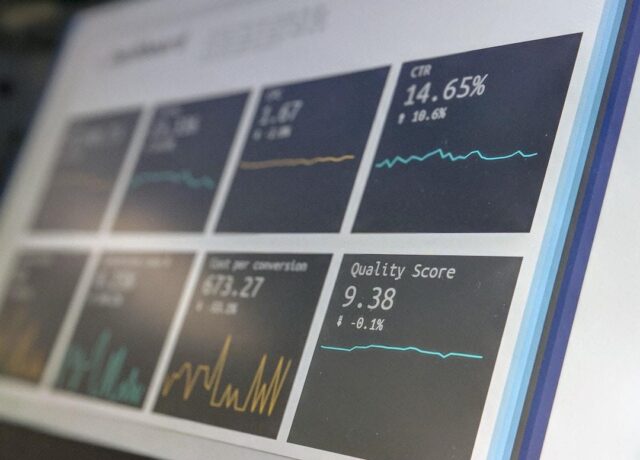
In a fast-paced business environment, leveraging technology to boost productivity serves as a recipe for success. One innovative way of achieving this is by implementing practices to measure performance using analytics. This technology boasts an array of benefits including operational efficiency optimization, decision-making enhancement, and increased competitive advantage among others. Below, we delve deeper into the subject, exploring effective ways of utilizing performance analytics for productivity optimization.
The Essence of Understanding Your Data
Before diving into performance analytics, it’s essential to grasp your data’s substance and significance. Be it transactional, log, or consumer data, having deep insights will invariably facilitate analysis. A better understanding of such data not only accelerates decision-making but also minimizes possible errors or inaccuracies during data analysis. Breaking down this information into discernible components, like considering the source, type, and history of your data, can improve your performance analytics strategy.
Proper data understanding aids in predicting and detecting fraud, promoting customer engagement, optimizing workflows, and more. It eventually leads to substantial profit margins because it identifies problematic areas and increases response rates to changes in market behavior or trends. Consequently, businesses can leverage these insights to design better products, improve product delivery, or pivot according to consumer needs and expectations.
The process of understanding data would involve a series of activities like data cleaning, integration, processing, storage, and eventually, analysis. One of the best ways to start is by identifying the types of data collected and the potential insights they can provide. Thereon, companies can begin manipulating the data to get more out of it.
Developing a Performance Analytics Strategy
An appropriate performance analytics strategy guides how you collect, analyze, and interpret data. Identifying the key performance indicators (KPIs) that matter to your business streamlines the strategy. It would also mean setting analytics goals to measure your KPIs accurately. Moreover, it assists in aligning analytics efforts with business objectives, delivering more meaningful outcomes. A clear strategy provides a roadmap for continued data analysis and reporting.
Such a strategy should define the frequency of analysis, prioritize areas to be analyzed, and establish benchmarks for measuring success. Developing such a strategy requires a comprehensive understanding of the business processes, objectives, and the challenges of implementing performance analytics. A common mistake that organizations often make is not aligning their data strategy with the business strategy. This alignment ensures that your organization’s data efforts accurately reflect your business objectives, making it easier to determine the return on investment.
Focusing on Training and Upskilling

Without proper training and upskilling, a data analytics tool might just remain a fancy accessory in an organization’s tech stack. To fully optimize its benefits, organizations need to invest in continuous training and upskilling of their data professionals. This could be in the form of workshops, certifications, or even guided on-the-job training. With rapidly evolving technologies, upskilling becomes a necessity rather than a choice.
Employees should stay abreast of the latest trends in data analytics such as data democratization, the rise of data literacy, and the need for data ethics. Understanding these trends will equip employees with the right set of skills to leverage them in their roles. Besides, acknowledging and rewarding employees who continuously upskill themselves helps in fostering an organization-wide culture of learning. A learning culture can lead to widespread adoption and better utilization of the performance analytics tool, leading to overall productivity improvement.
Regularly Reviewing and Updating Your Performance Analytics Approach

Performance analytics isn’t a one-time task – it’s an ongoing process that demands regular review and updating. As the business environment changes, so do its performance patterns. Therefore, your performance analytics strategy should adapt along with these changes. Regular reviews identify any lacunae in the current approach and propose corrective measures. Systematic auditing of the analytics processes can keep them in alignment with the business objectives.
Regular audits check for any discrepancies or errors in the data collection, analysis, and interpretation process. Continuous improvement and evolution of your performance analytics strategy are necessary to stay competitive. As new tools and technologies emerge, organizations should be ready to adopt them into their current setup. This willingness to continually innovate and improve is a distinguishing characteristic among companies that use performance analytics to drive productivity.
As this article illustrates, performance analytics isn’t just about collecting and analyzing data. The way you interpret, use, and protect that data determines how well you can optimize productivity and improve your business process. With the right approach, performance analytics can provide significant insights that lead to impactful business decisions. Follow our advice and you can boost your profitability and efficiency.


































